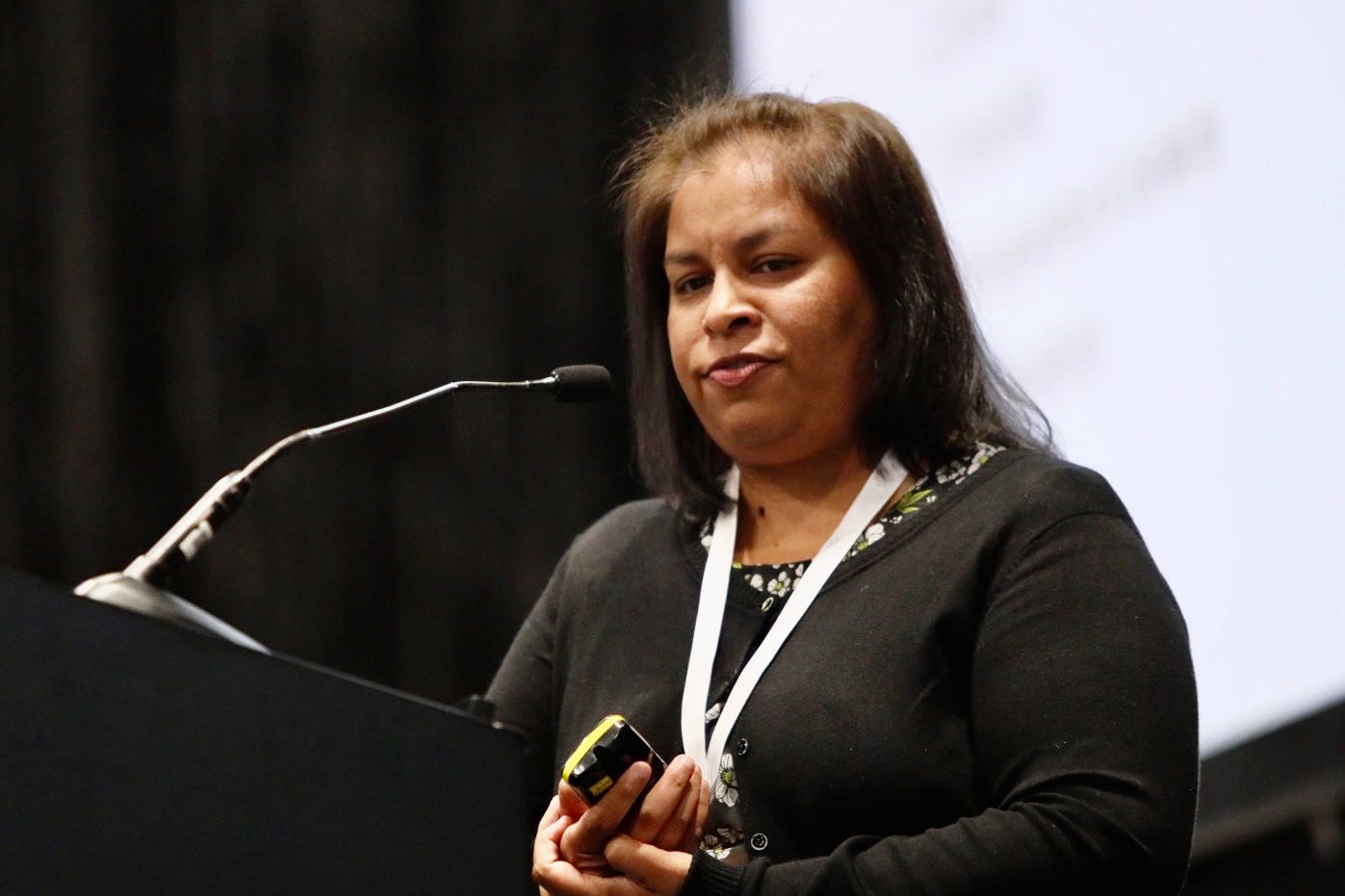Greening the South African Economy: A Journey Through Environmental Fiscal Reform
The country faced a growing economy but at the cost of its natural resources and the well-being of its people.

Cape Town, South Africa-Once upon a time, in the vibrant and diverse nation of South Africa, environmental challenges loomed large over the horizon, writes Tshepiso Gabotlhomolwe.
The country faced a growing economy, but at the cost of its natural resources and the well-being of its people.
Emissions of greenhouse gases, poor air quality, land degradation, biodiversity loss, deteriorating water quality, and increasing solid waste generation were pressing issues that needed urgent attention.
Sharlin Hemraj, the Director of Environmental and Fuel Taxes at the National Treasury of South Africa, was on a mission to address these challenges. She believed that it wasn't just about economic growth; it was about sustainable growth that harnessed economic, social, and environmental resources efficiently.
In November 2023, the African Tax Administration Forum (ATAF) Annual Meeting was the stage where Hemraj unveiled her ambitious plan for environmental fiscal reform and carbon pricing. She began by highlighting the significance of environmental fiscal reform, a strategy that aimed to harmonize environmental and fiscal policies. The goal was to use market-based instruments (MBIs) to internalize environmental externalities and create a sustainable, green economy.
Hemraj stressed the importance of four key principles of taxation: efficiency, equity, simplicity, transparency, and tax buoyancy. She explained that these principles formed the foundation for designing environmentally related taxes that would encourage eco-friendly practices.
As she continued her presentation, Hemraj delved into the economic rationale for government intervention in addressing environmental challenges. She discussed the concept of public goods, negative externalities, information asymmetry, and the need for investment in research, development, and technology innovation to correct market failures.
Hemraj then laid out the criteria and design considerations for environmentally related taxes. She emphasized the "Polluter Pays Principle" and the importance of setting the tax rate, ensuring public support, and addressing legal, technical, and administrative feasibility.
The audience listened intently as she outlined key environmental tax design considerations. She spoke about competitiveness issues and the need for a phased approach to minimize the tax burden. Hemraj also emphasized the importance of managing distributional impacts and finding a balance between environmental goals and other social and economic objectives.
One of the key ideas Hemraj presented was tax shifting, the concept of taxing pollution ("bads") and reducing taxes on income ("goods"). She explained that this approach, known as the double-dividend hypothesis, aimed to not only improve environmental quality but also enhance economic efficiency and employment.
Next, Hemraj discussed the options for using revenue generated from environmental taxes. She mentioned that revenues could be allocated to government priorities, used for tax-shifting exercises, earmarked for specific environmental programs, or simply accrued to the fiscus.
She then delved into the specific reforms to existing environmentally related taxes in South Africa. These included reforms to the General Fuel Levy, Motor Vehicle Taxes and Fees, Solid Waste Management, Electricity, Water Supply, and Wastewater. South Africa had already implemented several environmentally related taxes and incentives, such as fuel taxes, the plastic bag levy, the electricity generation levy, and the carbon tax.
Hemraj showcased the impressive growth in environmental tax revenues over the years, with fuel levies accounting for the lion's share.
The spotlight then shifted to the Carbon Tax, a cornerstone of South Africa's climate change response policy. Hemraj explained the rationale behind the carbon tax, its tax base, and the scope of activities covered. She also discussed the phased approach to introducing the tax and the recycling measures that aimed to mitigate its impact on industries and low-income households.
The audience learned about the administration of the Carbon Tax, with close collaboration between the Revenue Authority, the Department of Forestry, Fisheries, and the Environment (DFFE), and the Department of Mineral Resources and Energy (DMRE). The use of carbon offset projects to lower tax liability was a fascinating concept, and Sharlin provided insights into the status of such projects.
Hemraj concluded her presentation with the introduction of the Green Finance Taxonomy, a crucial development in South Africa's sustainable finance initiative. This taxonomy aimed to identify, manage, and disclose environmental and social risks in financial portfolios, promoting sustainability and a just transition to a low-carbon economy.
In the end, Hemraj's vision for environmental fiscal reform and carbon pricing resonated with the audience. South Africa was on a path towards a greener, more sustainable future, where economic growth would go hand in hand with environmental protection and social well-being. The journey had begun, and the nation was ready to embrace the change.
And so, in November 2023, South Africa embarked on a new chapter, a journey towards a green economy that would benefit not only the present generation but also the generations to come.


